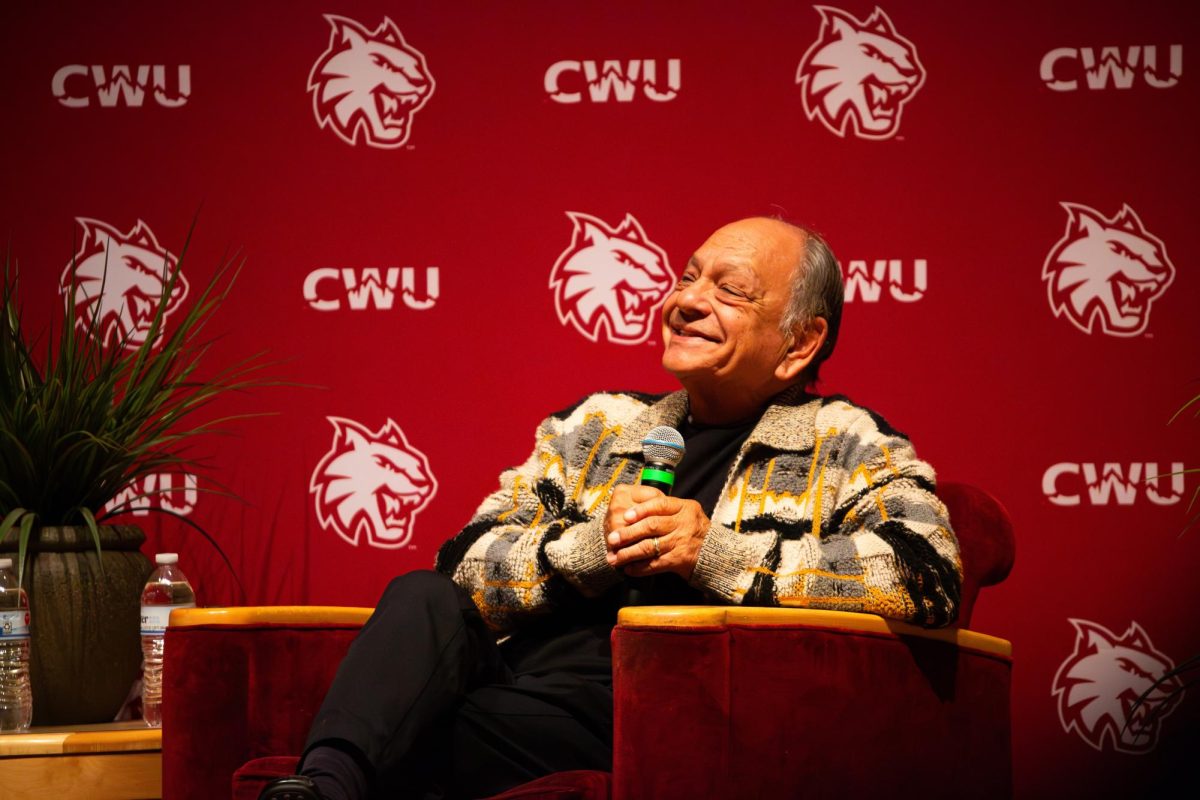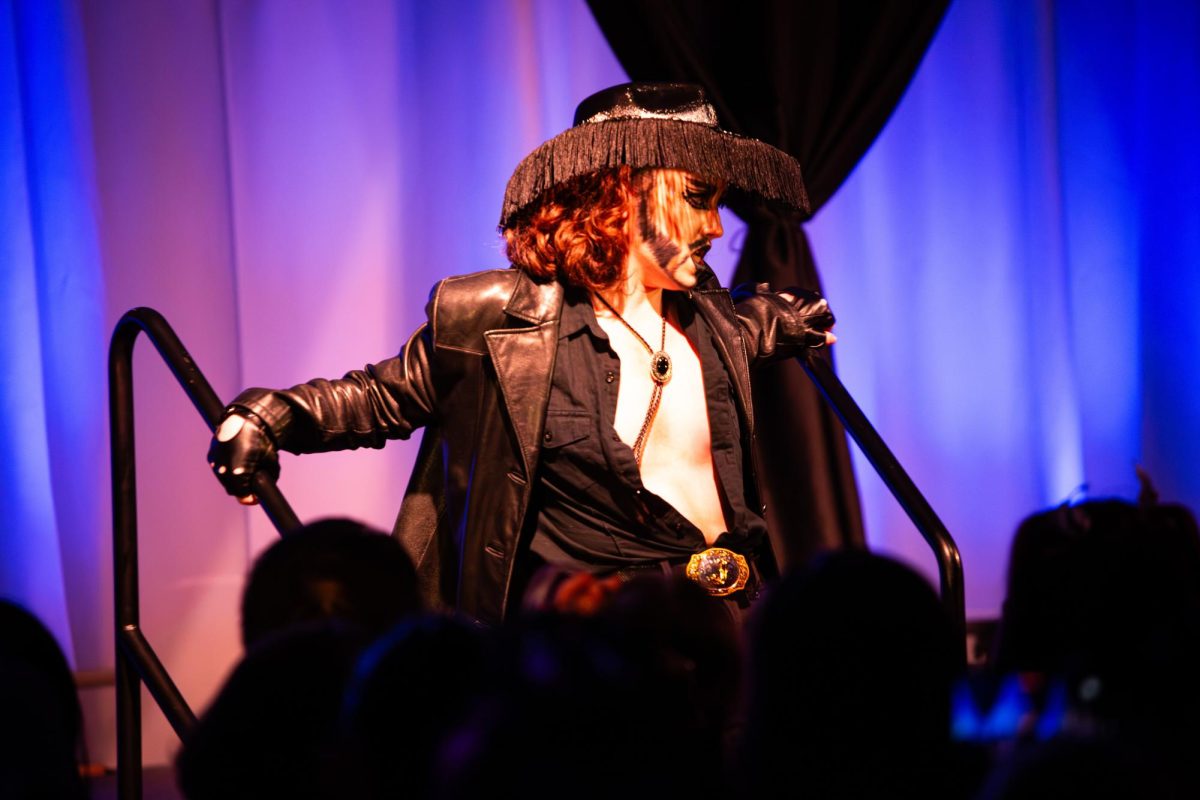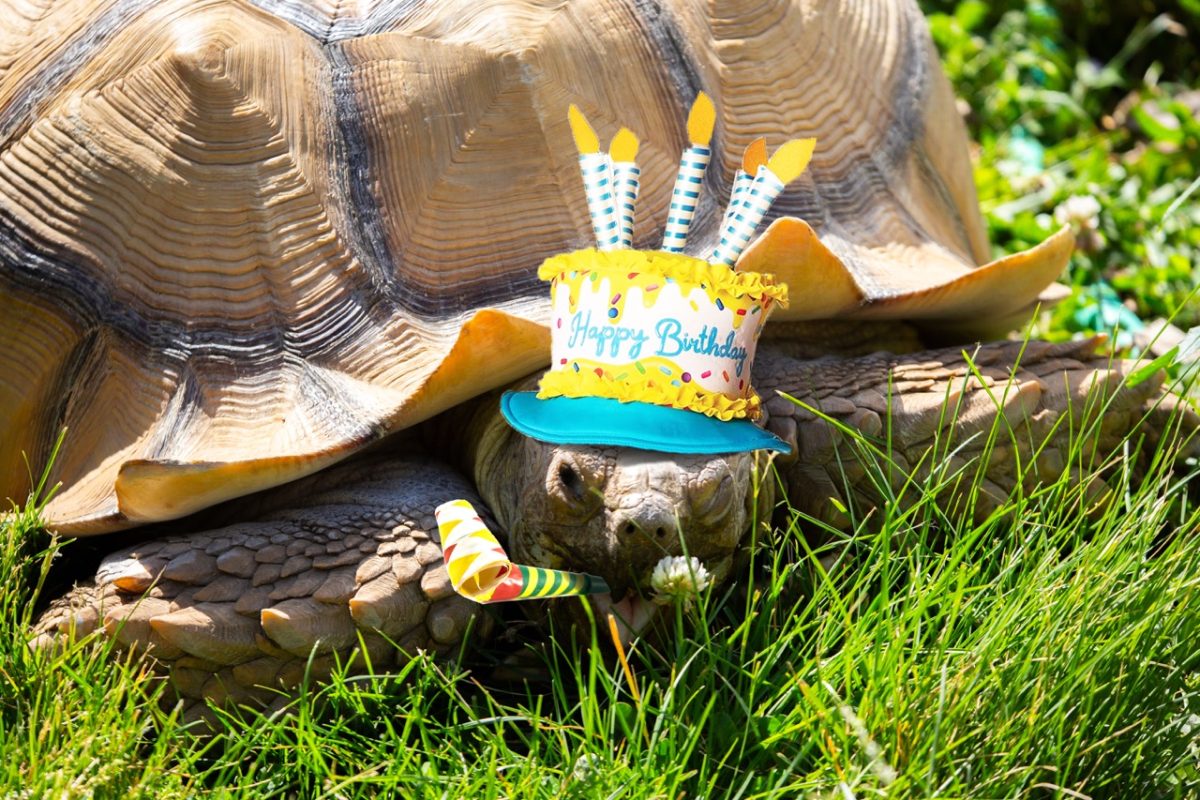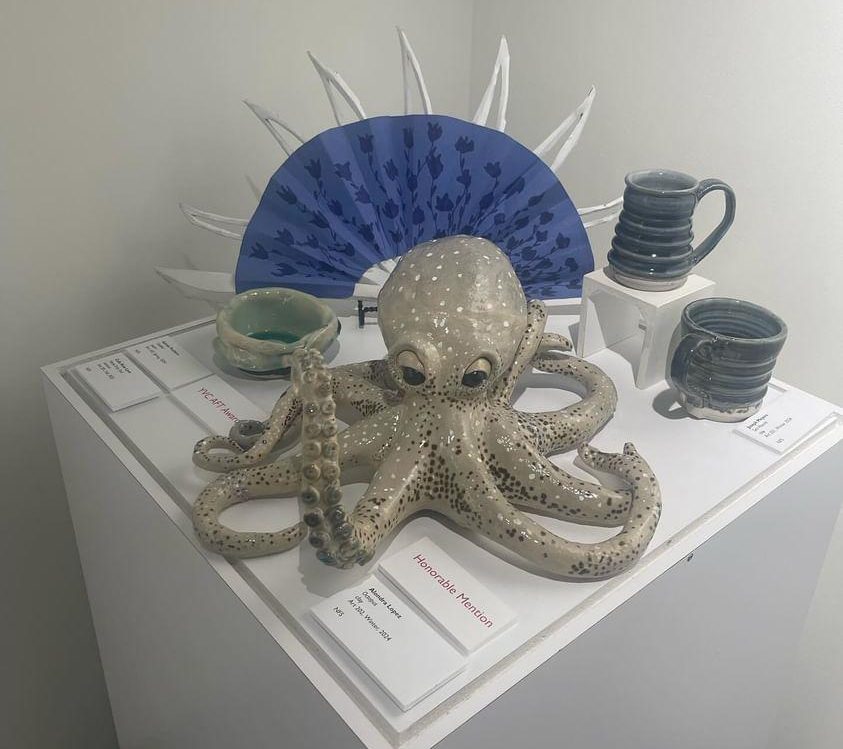“The Unchosen Ones” is an exhibit currently in the Museum of Culture and Environment by Minnesotan photographer R. J. Kern. The photographs feature young 4-H participants and the animals they were showing four years apart. However, as the title of the exhibit suggests, these participants did not take home ribbons after the show, often placing second, third, fourth or not at all.
With these photographs, Kern wanted to explore the resilience it took to not only raise and show these animals, but to be denied the satisfaction of winning. Kern also mentioned wanting his audience to feel empathy towards these children. In regards to this, he said “Everyone wants to be a winner, but not everyone can.” He wanted his audience to reflect on times where they didn’t win at something.
After visiting these county fairs each year for four years, Kern decided to go back to the photographed participants during the pandemic. He wanted to explore the long-term impacts of defeat, how it shaped the participants’ viewpoints, as well as the growth of the subjects. Kern felt the pandemic played a major role in this exhibit. He mentioned the patience it took for these kids to continue to work with their animals during such uncertain times, and how we all could have benefitted from the farm life during lockdown.

Kern had grown up in an urban environment, however had an interest in this slice of Americana that seemed to be rapidly disappearing. He noted the importance of agriculture in the United States, and its shrinking size. “I just hope county fairs will be around in 50 years.” Kern said. He relayed a story of his mother-in-law recalling the importance of the county fair in her small town, and compared that to what he had seen in the creation of this exhibit. He noted the lack of attendees to the fair, even prior to the pandemic.
Kern claimed these photographs were also intended to support local agriculture, and to foster the image of sustainability on small farms. Kern said his focus was on “Finding the beauty in the normal and every day.” On sustainability, Kern spoke about the farm-to-table movement in his home Minneapolis. He mentioned its positive impact on the farms near the area, and how green it is compared to semi trucks transporting food. Kern said this was a large theme in his process.

Kern wanted this exhibit to be educational, as well. He told a story of a young child, who was viewing one of his photographs. The child pointed at the sheep’s testicles and asked ‘What’s that?’ Kern realized these photos could potentially teach people, specifically young people, about rural life when they initially didn’t understand it.
So, why put this exhibit up at CWU? Kern spoke about the popularity of 4-H and the county fair in Ellensburg.“Rural communities get it,” Kern said.“They’ve been there.” So, rather than “The Unchosen Ones” being a learning opportunity for this rural community, it’s a testament to the rich agricultural roots in Kittitas County. The exhibit in this context displays the importance of agriculture in small towns much like Ellensburg.
Kern mentions the significance of the medium of the photos as well. The photos are displayed like posters. There’s no frame, or glass to protect them. “They’re fragile, much like the subjects.” Kern said. He wanted the photographs to physically reflect this fragility. Simultaneously, Kern wanted the viewer to see every detail of the photo, down to the hair of the animal.

Kern had a few words of advice for photography students at CWU. “Know whose shoulders you’re standing on.” Kern said. “Put research into understanding photographers from the past.” He also mentions the importance of physical copies of your photography, making prints can help you to understand what looks the best. Kern highlighted three components necessary for the success of a photo: “Effective composition, motivated lighting, and a real moment.”
“The Unchosen Ones” will be up in the Museum of Culture and Environment until March 9, 2024.






